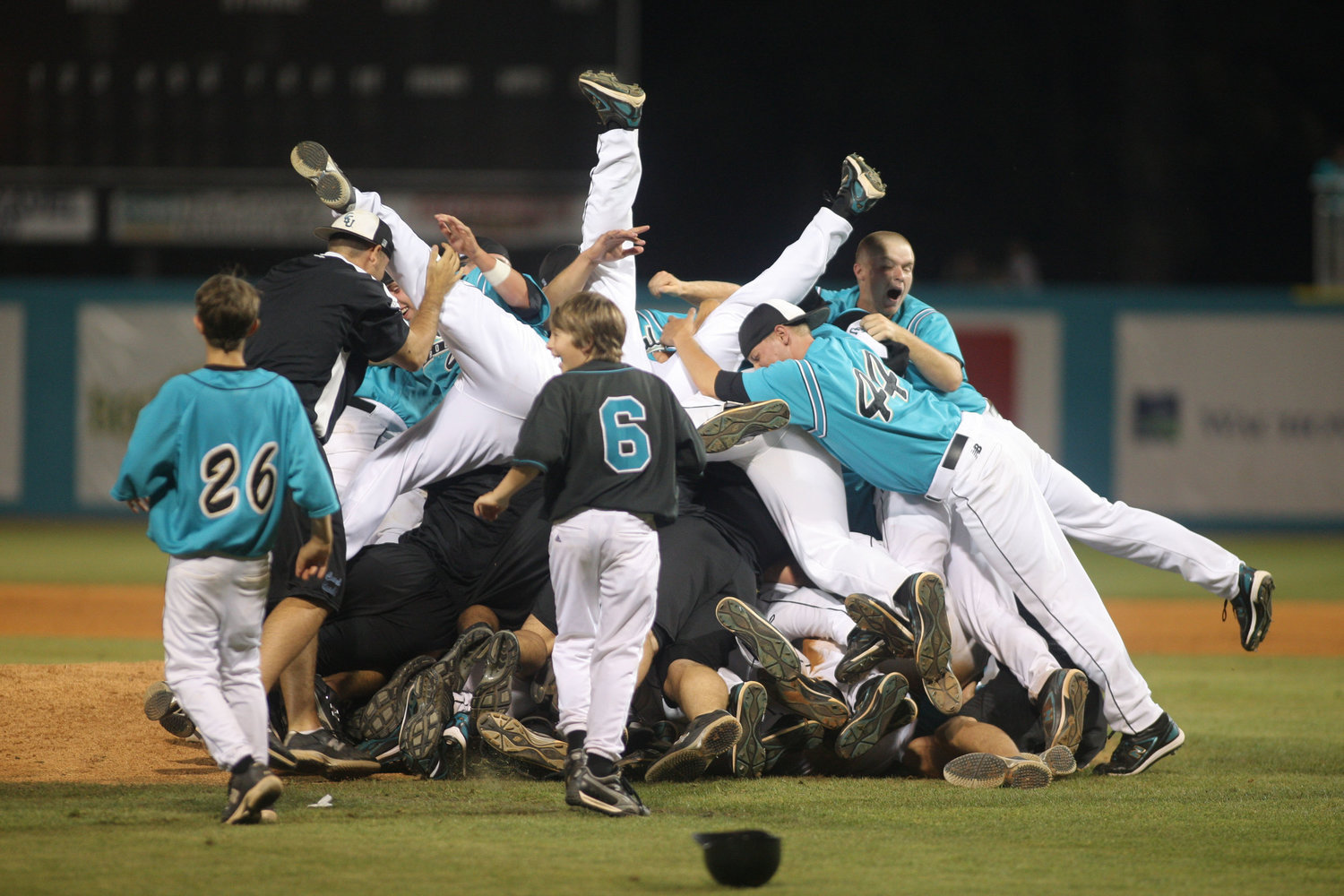Wild Pitch / Passed Ball With A Runner On Third …this quick and easy drill saves runs
/Common in youth baseball and softball is a pitched ball getting past the catcher. This is especially a concern with a runner on third base. At the youth level of play we see quite a few runs scored as a result of wild pitches and passed balls. Three common reasons for allowing the runner to score, which we can fix through teaching and practice, are:
Pitcher doesn’t cover home plate
Catcher can’t find the ball
Pitcher and Catcher do not execute Throw & Catch
The Wild Pitch / Passed Ball Communication Drill trains your players to successfully execute in this situation.
Incorporate This Situation Into Practices
Kid pitchers often fail to cover home plate when the ball gets away from the catcher. The reason why is simple; they haven’t been drilled to make it a habit. At the bottom of the page is a drill diagram and description of a simple drill to train our kids how to respond. The good news is the drill only takes five minutes; it can easily be incorporated into our practices. Once the kids have gone through the drill 2-3 days, and it is familiar to them, it can be plugged into our daily Skill Building Warm-up aspect of practice.
The primary issue with many less common circumstances at the youth level of play is that kids don’t respond. Not because they don’t have the capability, but because they were never exposed to the situation and put through the needed repetitions to gain an understanding of the situation.
In many cases, like with a wild pitch or passed ball, investing 5-10 minutes during a few practices is all that is needed for them to be prepared. And we can still get our kids the fielding, batting, pitching and base running practice they need to be sharp and ready to perform in games.
The Baseball Positive website exists for the purpose of helping coaches Plan Practices, train kids on their Defensive Responsibilities, and which Drills are most effective for skill development. There is also information and drills for preparing players to respond to game common game situations, so to limit our opponents advancing on the base paths and their run totals.
Practice Planning Beyond Core Fundamentals
Commonly, youth practice time is dominated by, or exclusively dedicated to, Playing Catch, Batting Practice, Fielding Drills, and Pitching Practice. Base Running, and other Team Drill Work find their way into practices from time to time. Often left out of a given practice or, with many teams, not addressed at all over a season is teaching and drill work addressing ‘How to Play the Game’, Defensive Responsibilities, and situations such as Wild Pitch/Passed Ball Communication.
As coaches, we can overcome the tendency of leaving out these other aspects of the game, by creating a simple Practice Planning Template, that designates time for teaching and drilling beyond the core fundamentals in the Team Drills segment..
Teaching the Game
Possibly the number one reason a runner on third base scores on a wild pitch or passed ball is home plate being left uncovered. This is the responsibility of the pitcher. Get into the head of most youth baseball and softball pitchers to find out what they think of as their role on the field, many have a list with one thing on it …Pitch.
At the top of each page on the Baseball Positive website is the phrase, “Baseball is a Game of Movement”. The message is, we want to educate our kids that each game situation requires each player to move to another spot on the field. There are three responsibilities that might be required of a player in any given situation: 1) Move to go get the Ball, 2) Move to Cover a Base, 3) Move to Back-up a Base.
In the situation we are addressing, since the pitcher is not getting the ball, their responsibility becomes Cover the Base. Establishing in the pitcher’s mind that they have this responsibility starts with teaching the game to the Team as a whole. This begins during the first few days of Team practices. Incorporating Ball, Base, Back-up into the process of teaching the game is covered on BP’s Defensive Responsibilities page.
Repetition Breeds Confidence
We recognize that youth baseball and softball players are in the early stages of developing their skills, which involves misplays. We want to remain aware that pressure situations impact their performance as well. Players at all levels, in all sports, experience pressure situations leading to mistakes.
Coaches are constantly working to develop their athlete’s ability to perform under pressure and to build confidence in their ability to perform. Many interject motivational talks into their teaching. These can have positive effects. However, the most impactful way to build confidence, and to improve performance in pressure situations, is to drill our players. Practicing and seeing themselves execute in drills involving these situations is the best way to build confidence. Repetition, and experiencing success in drills representing a given situation, is almost always the best way for developing player confidence.
Come game time, when a pitcher and catcher find themselves in a situation with a runner on third base, and having practiced their response to a wild pitch or passed ball, each can approach their work in getting the batter our with less concern about the potential of the ball getting past the catcher.
Wild Pitch/Passed Ball Communication Drill
Below is the diagram for running the drill on a ball that gets away from the catcher on the first and third base sides. Diagrams for balls behind the catcher and at the catcher’s feet are found on found Here. Included with the full set of drill diagrams is the following information:
Time Required (for the deill)
Number of Players Involved
Objectives
Set-up
Running the Drill
Teaching Points
What Will Go Wrong




